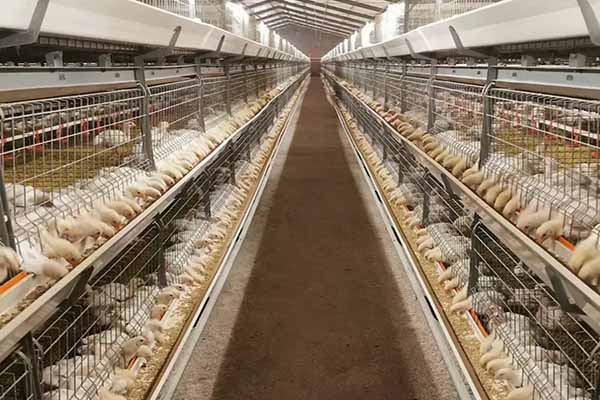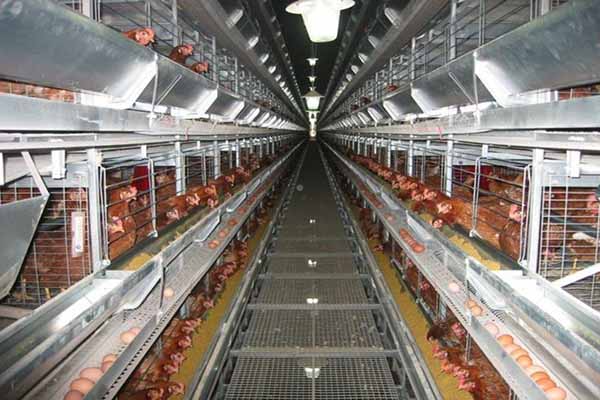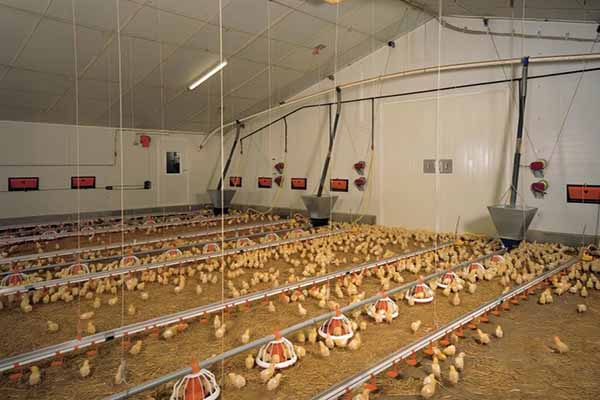How to Start a Chicken Layer Farm in the Philippines: A Comprehensive Guide
Time : 2025-06-30
Starting a chicken layer farm in the Philippines can be a rewarding venture. With the growing demand for eggs in the country, it’s an opportunity for entrepreneurs to tap into a profitable market. This guide will provide you with the essential steps, considerations, and expert tips to help you establish a successful chicken layer farm.
Understanding the Market
Before diving into the operational aspects, it’s crucial to understand the market you are entering. Conduct thorough market research to assess the demand for eggs in your target area. Consider factors such as population density, competition, and consumer preferences.
Location, Location, Location
The location of your farm is critical for its success. Look for a site that is easily accessible to transportation routes, minimizing costs and ensuring efficient delivery of eggs to market. The ideal location should also have a stable water supply, proper drainage, and a favorable climate for chicken farming.
Legal and Regulatory Requirements
Compliance with local laws and regulations is non-negotiable. Here are the key legal aspects to consider:

Business Registration
Register your business with the Securities and Exchange Commission (SEC) in the Philippines. This will provide you with a legal identity and enable you to engage in business transactions.
Permits and Licenses
Obtain necessary permits and licenses from local government units. This may include an environmental compliance certificate, health and safety permit, and animal welfare certificate.
Health Certifications
Ensure that your farm complies with the Philippine Egg and Poultry Industry Association (PEPIA) standards. This includes regular health inspections and vaccinations for your chickens.
Designing Your Farm Layout
The layout of your chicken layer farm is crucial for efficient operations. Here are some key considerations:
House Design
Select a suitable house design that provides optimal conditions for your chickens. Consider factors such as temperature control, ventilation, and space allocation. Broiler house designs, for example, can be adapted for layer farming with appropriate adjustments.
Equipment and Infrastructure
Invest in high-quality equipment and infrastructure that will ensure the health and productivity of your chickens. This includes feeders, waterers, nest boxes, and lighting systems. Professional-grade equipment will also enhance the efficiency of your farm operations.
Manure Management
Implement a proper manure management system to keep your farm clean and hygienic. Consider composting or other waste management techniques to minimize environmental impact and maximize resource use.
Chicken Selection and Breeding
Selecting the right breed of chickens is essential for your farm’s success. Here are some factors to consider:
Breed Characteristics
Choose a breed that is well-suited to the Philippine climate and has high egg production rates. Some popular layer breeds include the Hy-line Brown, Lohmann Brown, and Ross 308.
Breeding Programs
Implement a solid breeding program to maintain genetic diversity and improve the overall health and productivity of your flock. Work with a reputable hatchery or breeding farm to source high-quality chicks.
Feeding and Nutrition
Proper nutrition is vital for the health and productivity of your chickens. Here are some key points to consider:
Feed Quality
Use high-quality feed that meets the nutritional requirements of your chickens. Consult with a poultry nutritionist to develop a feeding program tailored to your specific needs.
Feed Management
Implement a feeding management system that ensures all chickens have access to feed and water at all times. Regularly monitor feed consumption and adjust the feeding program as needed.
Health Management
Preventive health management is crucial for minimizing disease outbreaks and maintaining flock productivity. Here are some key aspects to consider:
Regular Health Checks
Conduct regular health checks on your chickens to detect and treat any potential issues early. This includes routine vaccinations, deworming, and monitoring for signs of disease.
Biosecurity Measures
Implement strict biosecurity measures to prevent the introduction and spread of diseases. This includes controlling access to the farm, ensuring proper sanitation, and isolating new arrivals.
Marketing and Distr ibution
ibution
Develop a solid marketing and distribution strategy to ensure a steady demand for your eggs. Here are some tips:
Target Market
Identify your target market, whether it’s retail outlets, restaurants, or institutional buyers. Tailor your marketing efforts to reach these customers effectively.
it’s retail outlets, restaurants, or institutional buyers. Tailor your marketing efforts to reach these customers effectively.
Distribution Channels
Establish efficient distribution channels to ensure timely delivery of eggs to your customers. Consider partnerships with local distributors or setting up your own delivery system.
Financial Planning and Budgeting
Sound financial management is essential for the long-term success of your chicken layer farm. Here are some tips:
Cost Analysis
Conduct a detailed cost analysis to understand the financial implications of running your farm. This includes capital investments, operational costs, and potential revenue streams.
Budgeting and Financial Projections
Develop a comprehensive budget and financial projections to guide your decision-making. Regularly review and adjust your budget to ensure financial stability.
Conclusion
Starting a chicken layer farm in the Philippines requires careful planning, dedication, and attention to detail. By following this comprehensive guide and incorporating expert knowledge and best practices, you can establish a successful and profitable chicken layer farm.











